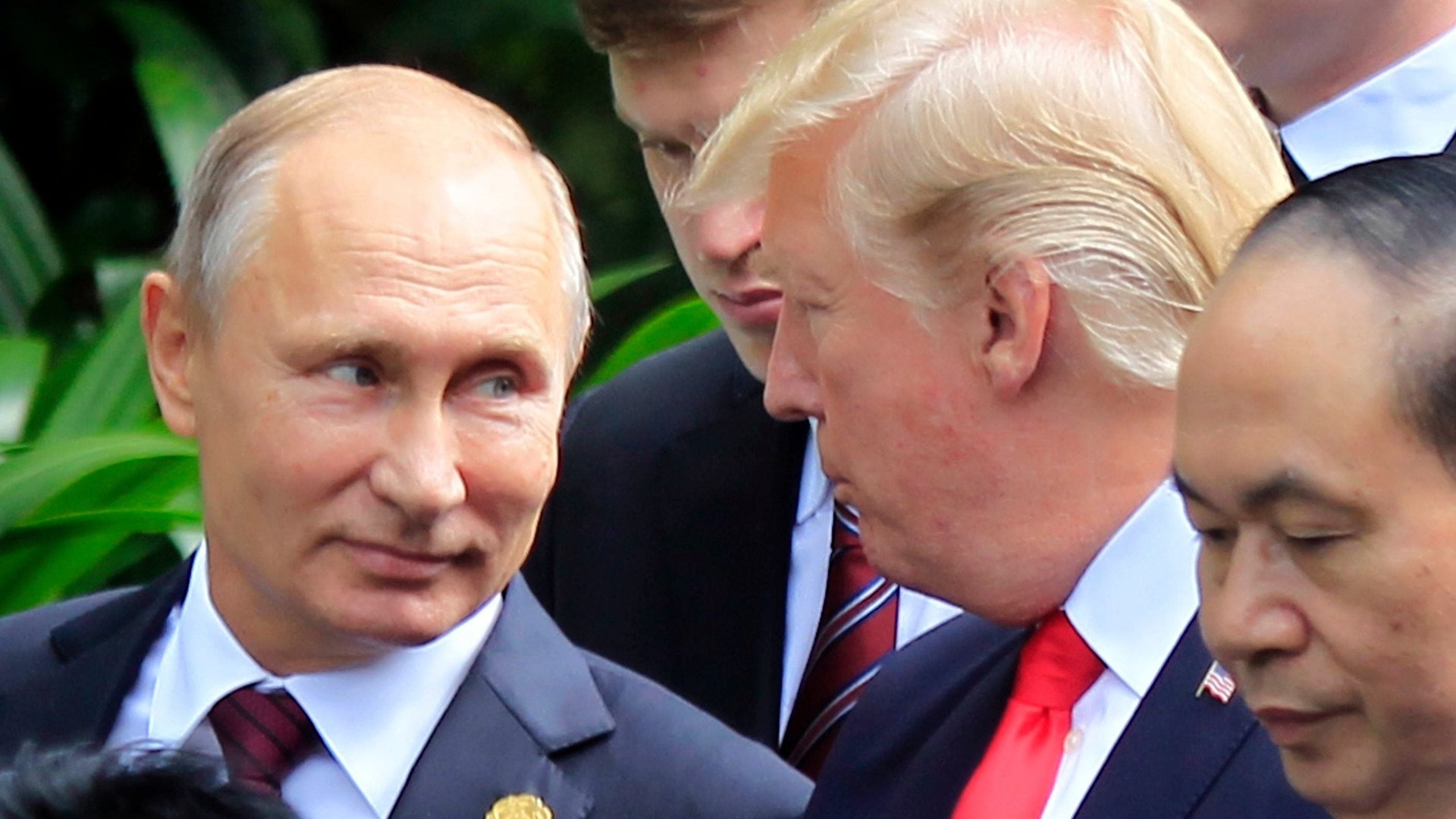Russian propagandists didn’t even need to target their Facebook ads
The trove of more than 3,500 Facebook and Instagram ads placed by Russia operatives, and released this month by House Democrats, paint a picture of how they intended to pit Americans against one another. Yet the Russians didn’t make much use of Facebook’s powerful tools to target Americans by race, gender, partisanship and other demographics. That’s because they didn’t need to.


The trove of more than 3,500 Facebook and Instagram ads placed by Russia operatives, and released this month by House Democrats, paint a picture of how they intended to pit Americans against one another. Yet the Russians didn’t make much use of Facebook’s powerful tools to target Americans by race, gender, partisanship and other demographics. That’s because they didn’t need to.
“This is just a shotgun blast,” said Greg Dale, the head of campaign relations at Tech for Campaigns, a Silicon Valley outfit building digital campaign infrastructure for progressive candidates.
Dale’s group’s analysis of the data, released this week, shows the Internet Research Agency (IRA), a Russian propaganda arm responsible for the ads, sought the broadest possible audience, rather than using highly personalized targeting. Most of the content—memes, events and requests to share—was designed to lure in credulous Facebook users to groups, and build out audiences that the IRA could reach organically with its own messages. Spreading those messages would allow the IRA to achieve its “strategic goal to sow discord in the U.S. political system, including the 2016 U.S. presidential election,” according to special counsel Robert Mueller’s federal indictment (pdf) of Russian individuals and entities.
That strategy seems to have worked. Between June 2015 and July 2017, the ads racked up high engagement as measured in click through rates. Russian-affiliated content enticed 7% to 12% of people in key demographics (with the exception of Muslims) to click on the content compared to just 1.7% on average for Facebook advertising in the third quarter of 2016. It achieved those milestones despite crude targeting efforts that only selected broad geographic areas (such as the entire United States) and users’ interests (based on “Likes”) rather than more sophisticated demographic variables, practices that would “be malpractice for professional digital marketers,” states Tech for Campaigns.
Only about 23% of the content analyzed was negative, such as inflammatory posts along racial, gender and political lines, or coordinating real life protests (one Russian-linked Facebook group BlackMattersUS staged anti-Trump protest at Manhattan’s Union Square that drew as as many as 10,000 protesters). Instead, most of the messaging was split between positive and negative sentiments designed to convince people to click share and join groups. The House Democrats are likely to release more data about how the IRA used Facebook groups.
The findings don’t contradict US intelligence findings that Russian efforts were designed to elect Trump. Senator Mark Warner (Democrat) on the Senate Intelligence Committee reaffirmed this after his bipartisan committee reviewed US intelligence agencies’ conclusions this May. Warner stated that Russian election meddling efforts were “for the purpose of helping Donald Trump and hurting Hillary Clinton,” and Republican committee member Richard Burr agreed with the finding in a statement: “We see no reason to dispute the conclusions.”